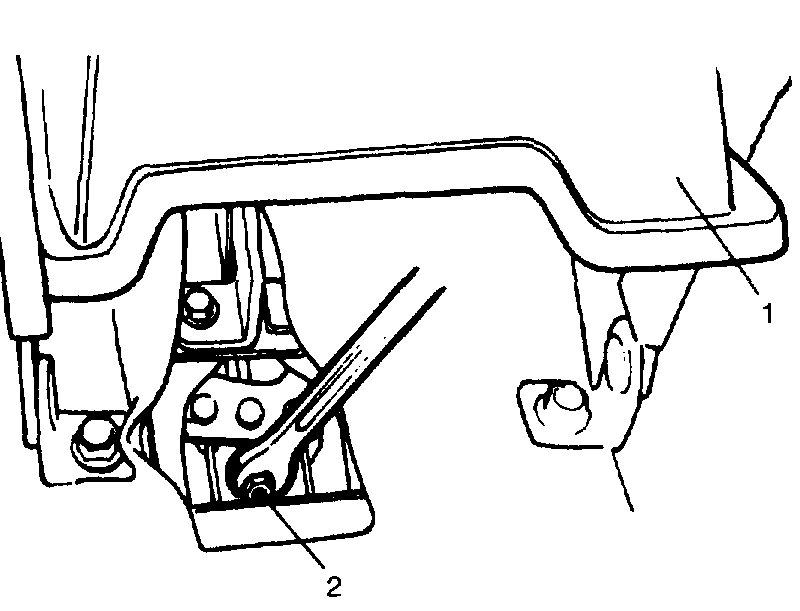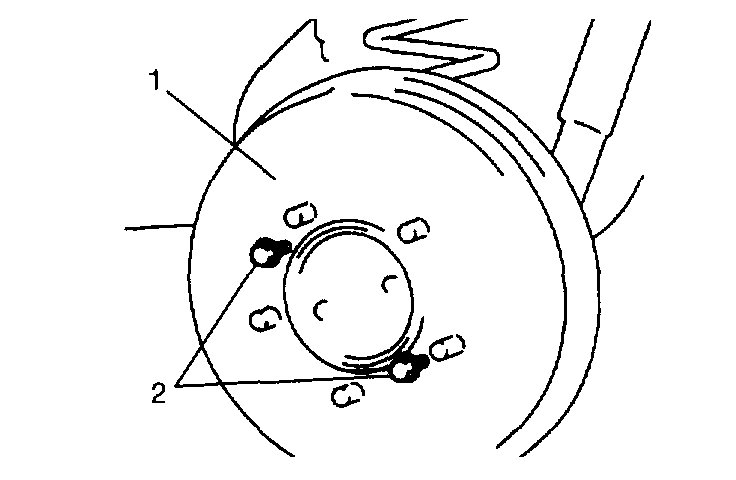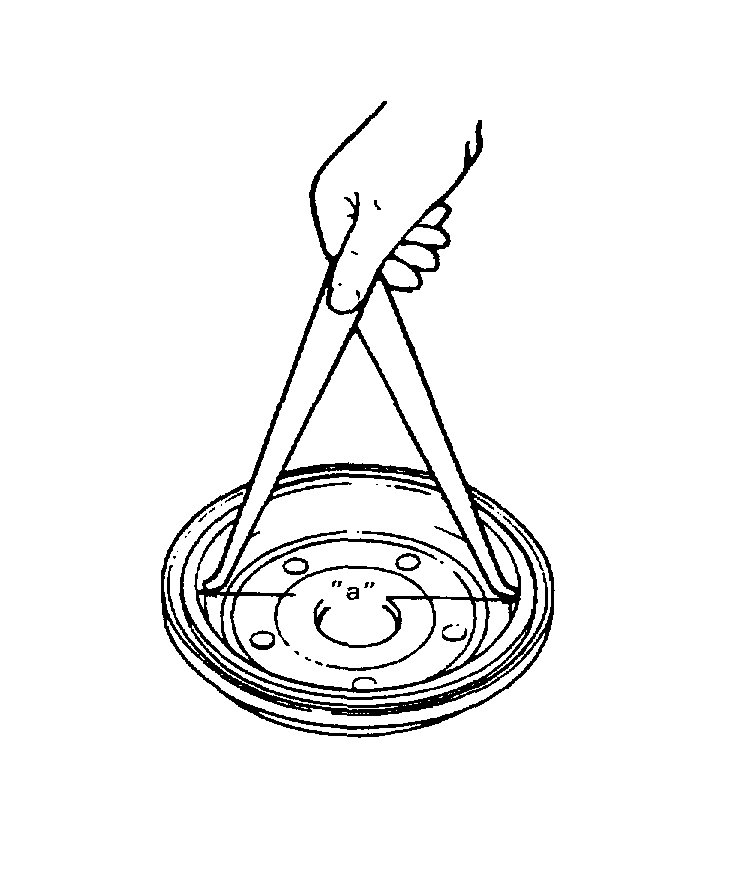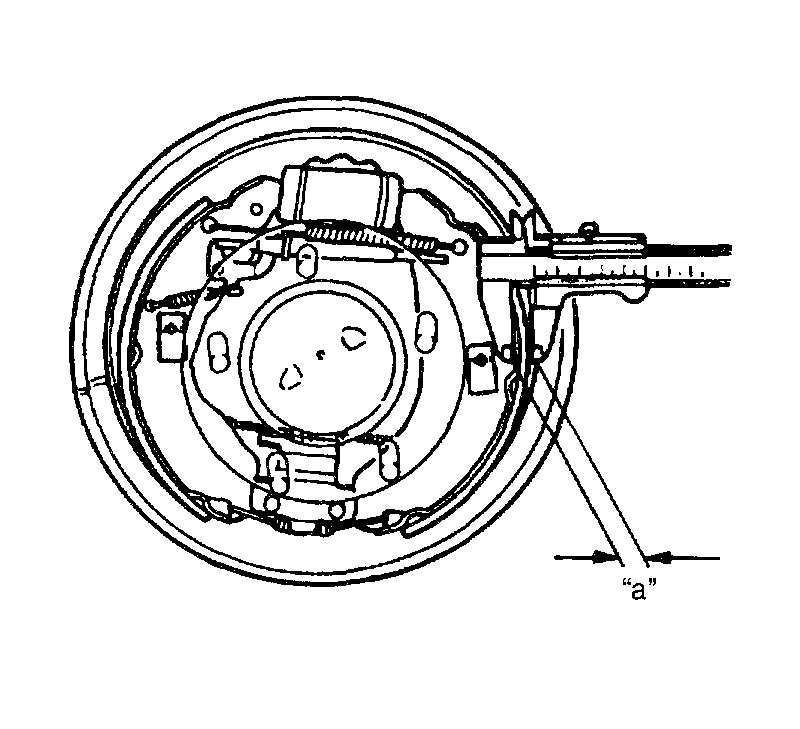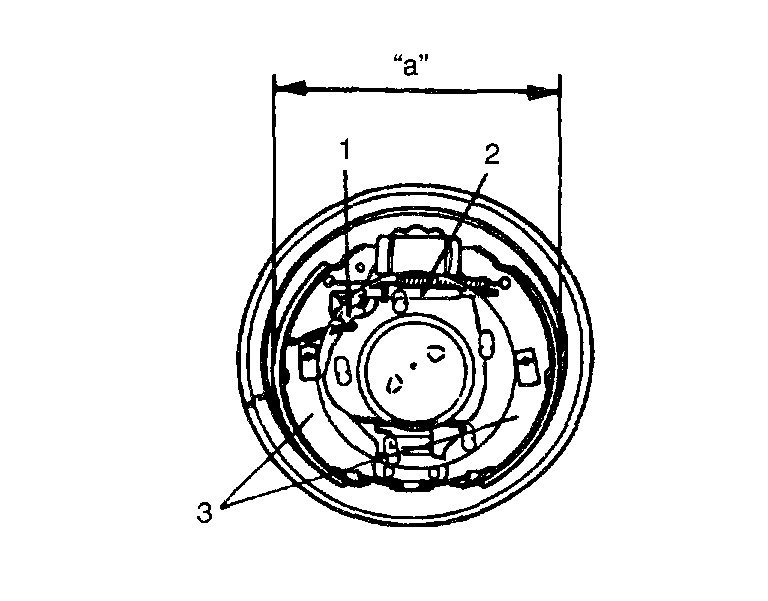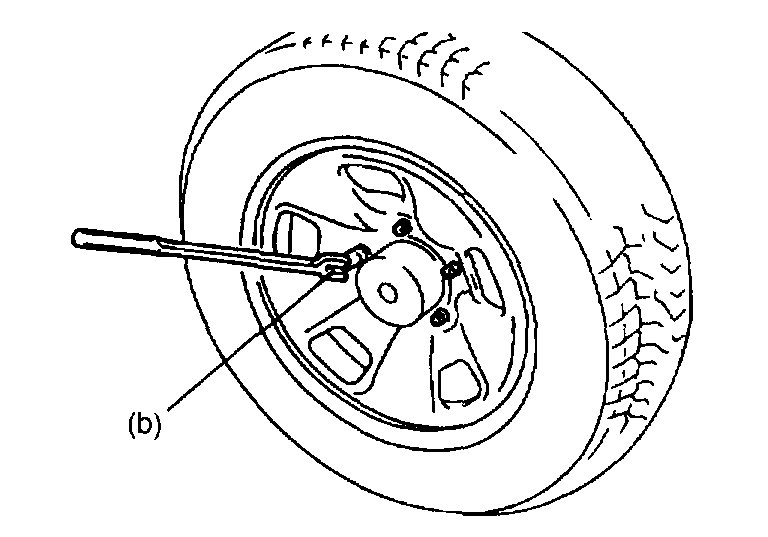Hi and thanks for using 2CarPros.com.
A soft brake pedal usually air in the system or rear brakes are out of adjustment. That is the first thing I would suggest checking. Here are directions for removal and adjustment of the parking brake as well as the rear brakes. Let me know if this helps. I feel confident that is the issue.
The attached pictures correlate with these directions.
REMOVAL
1. Hoist vehicle and pull up parking brake lever.
2. Remove wheel.
3. Release parking brake lever.
4. Remove parking brake lever cover screws and with rear part of brake lever cover (1) lifted a little, loosen parking brake cable locking nut (2).
5. Remove brake drum (1) by using 8 mm bolts (2) (2 pcs).
INSPECTION
Brake Drum
Inspect drum for cleanliness. Check wear of its braking surface by measuring its inside diameter.
Whenever brake drums are removed, they should be thoroughly cleaned and inspected for cracks, scores, deep grooves.
Brake dram inside diameter "a"
Standard: 220 mm (8.66 inch)
Service Limit: 222 mm (8.74 inch)
Cracked, Scored, or Grooved Drum
A cracked, drum is unsafe for further service and must be replaced.
Do not attempt to weld a cracked drum.
Smooth up any slight scores. Heavy or extensive scoring will cause excessive brake lining wear and it will probably be necessary to resurface drum braking surface.
If brake linings are slightly worn and drum is grooved, drum should be polished with fine emery cloth but should no be turned.
NOTE: When drum is removed, visually inspect wheel cylinder for brake fluid leakage. Correct leaky point, if any.
Brake shoe
Where lining is worn out beyond service limit, replace shoe. If one of brake linings is to service limit, all linings must be replaced at the same time.
Rear brake drum shoe thickness "a"
Standard: 6.5 mm (0.24 inch)
Service limit: 3.0 mm (0.12 inch)
CAUTION: Never polish lining with sandpaper. If lining is polished with sandpaper, hard particles of sandpaper will be deposited in lining and may damage drum. When it is required to correct lining, replace it with a new one.
INSTALLATION
NOTE:
All brake fasteners are important attaching parts in that they could affect the performance of vital parts and systems, and/or could result in major repair expense. They must be replaced with one of same part number or with an equivalent part if replacement becomes necessary. Do not use a replacement part of lesser quality or substitute design. Torque values must be used as specified during reassembly to assure proper retention a, all parts. There is to be no welding as it may result in extensive damage and weakening of the metal.
1. Before installing brake drum, check outer diameter of brake shoes (3). If it is not within value as specified, adjust it to specification by turning adjuster (2).
Rear brake shoe outer diameter "a": 219.4 - 219.7 mm (8.638 - 8.650 inch)
2. Install brake drum after making sure that inside of brake drum and brake shoes are free from dirt and oil.
3. Upon completion of all jobs, depress brake pedal with about 30 kg (66 lbs.) load 3 to 10 times so as to obtain proper drum-to-shoe clearance.
Adjust parking brake cable.
4. Tighten parking brake lever cover screws.
5. Install wheel and tighten wheel nuts to specified torque.
Tightening torque
Wheel nut (b): 100 Nm (10.0 kg-m, 72.0 ft. lbs.)
6. Check to ensure that brake drum is free from dragging and proper braking is obtained. Then remove vehicle from hoist and perform brake test (foot brake and parking brake).
If you find that the rear brakes should be replaced rather than cleaned and adjusted. Here is a general guide to help:
https://www.2carpros.com/articles/how-to-replace-rear-brake-shoes-and-drums
Let me know if this helps.
Take care,
Joe
Images (Click to make bigger)
Sunday, August 12th, 2018 AT 7:59 PM
